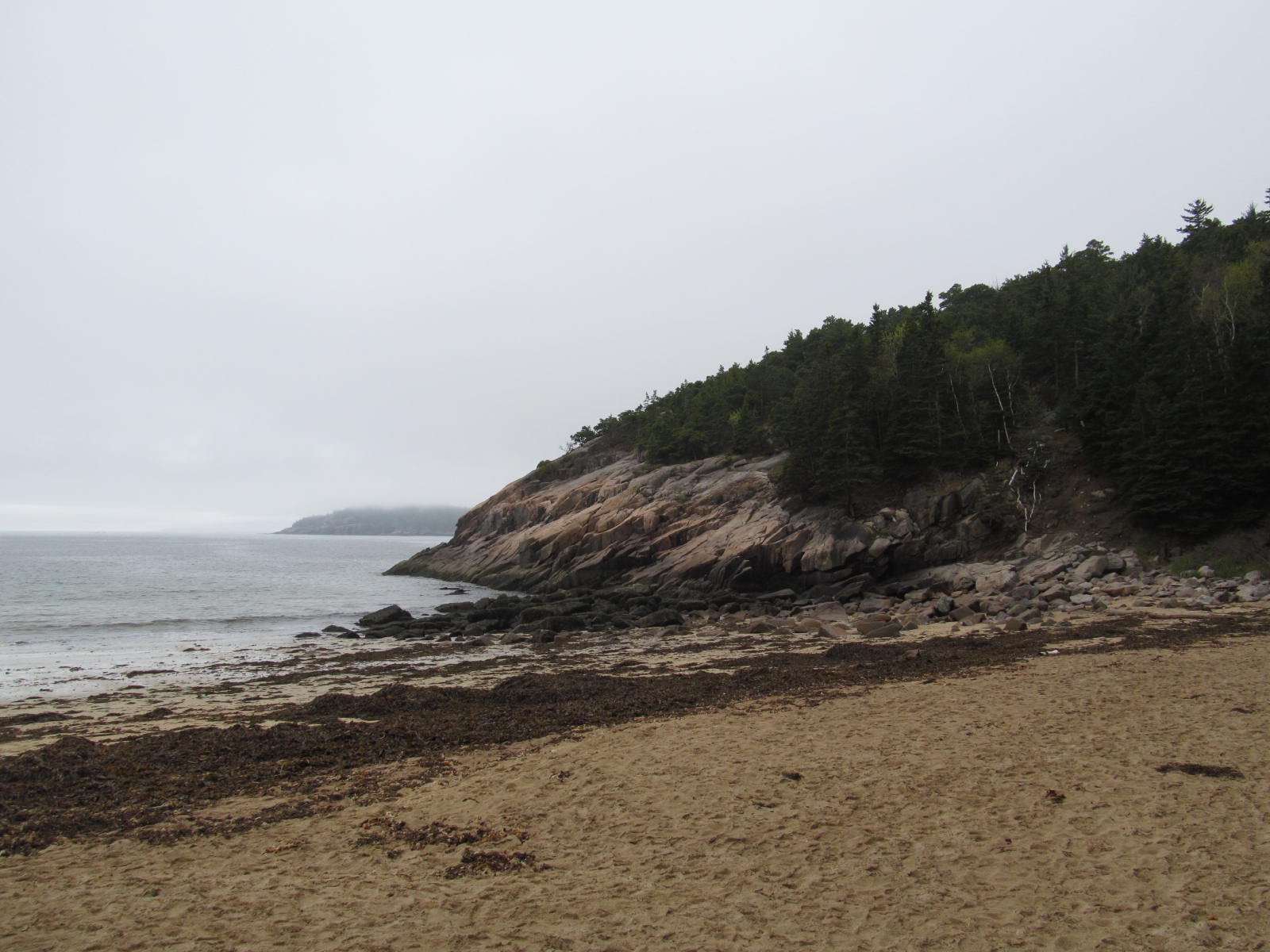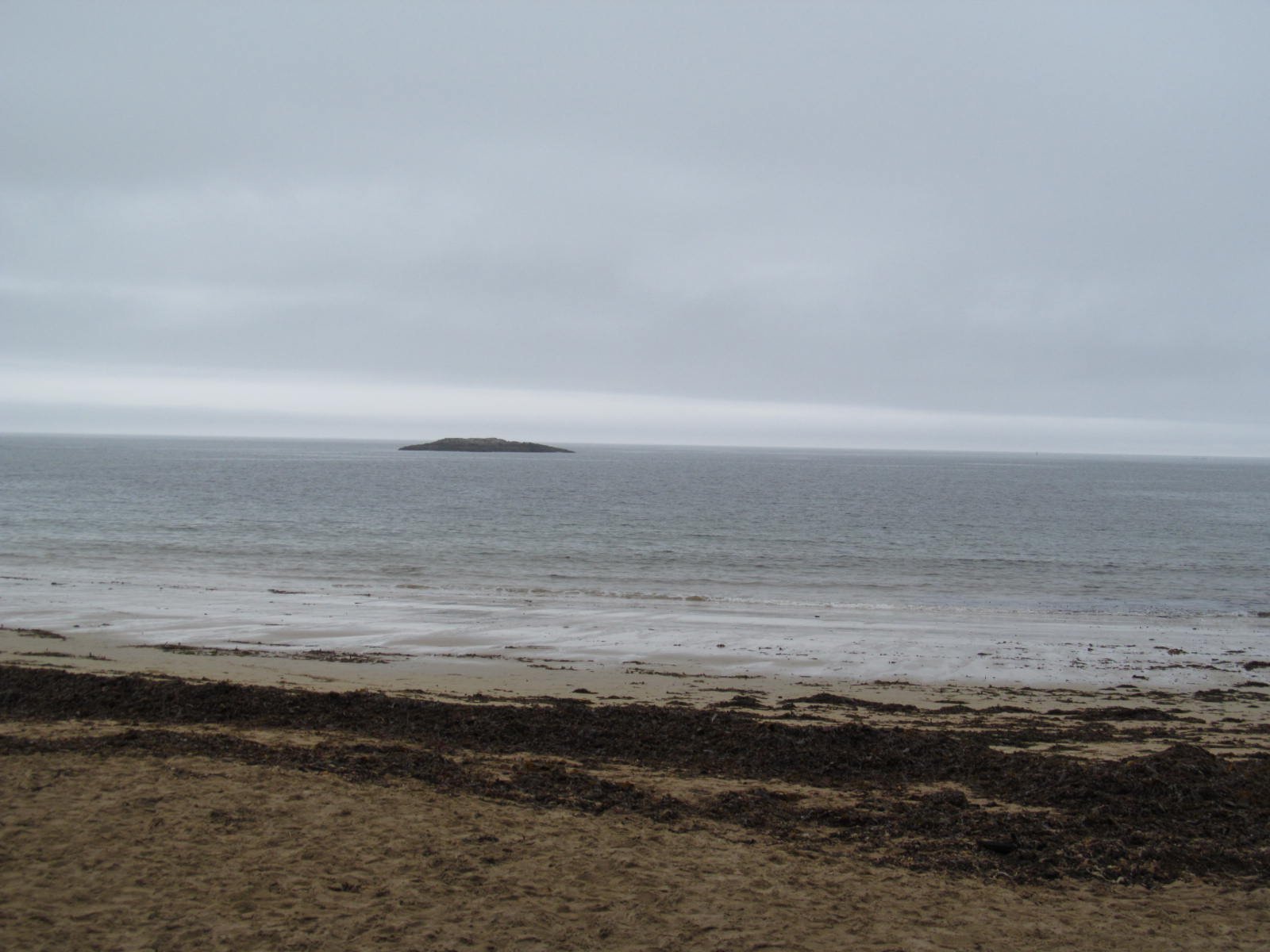The Tarn in Acadia National Park is a shallow, picturesque body of water nestled between Dorr and Huguenot Mountains. This unique ecosystem is gradually transforming from a pond into a meadow, offering visitors a rare glimpse into the ever-changing landscape of Acadia. The Tarn’s location provides easy access to hiking trails, diverse wildlife viewing opportunities, and stunning vistas of the surrounding mountains and coastline. Its tranquil setting and ecological significance make it a must-visit destination for nature enthusiasts and photographers alike.
What Are the Best Hiking Trails to Reach the Tarn?

The Tarn in Acadia National Park is accessible through several hiking trails, each offering a unique experience. Here are some of the most popular routes:
- Beachcroft and Champlain South Ridge Route
- Length: Part of a 5-mile loop
- Difficulty: Moderate to strenuous
-
Features: Granite stairs, rocky scrambles, panoramic coastal views
-
Wild Gardens Path
- Length: Approximately 0.5 miles
- Difficulty: Easy
-
Features: Short, scenic walk from Sieur de Monts to the Tarn
-
Jesup Path
- Length: About 1 mile (round trip)
- Difficulty: Easy
- Features: Boardwalk through birch forest, connects to Wild Gardens Path
These trails offer varying levels of difficulty and scenic beauty, catering to both casual walkers and experienced hikers.
What Wildlife Can Be Observed Near the Tarn?

The area surrounding the Tarn is rich in biodiversity, providing habitat for various species. Here’s a list of wildlife you might encounter:
- Peregrine Falcons (nesting on Champlain Mountain from March to August)
- White-tailed Deer
- Black Bears (rare sightings)
- Various bird species (warblers, thrushes, woodpeckers)
- Amphibians (frogs, salamanders)
- Small mammals (chipmunks, red squirrels)
For the best wildlife viewing experiences:
– Visit during early morning or late evening
– Maintain a safe distance from animals
– Use binoculars for better observation
– Follow park guidelines and regulations
What Are the Top Viewpoints Near the Tarn?
The Tarn’s location offers access to several stunning viewpoints. Here are the most notable ones:
- Champlain Mountain Summit
- Elevation: 1,058 feet (322 meters)
- GPS Coordinates: 44.3123° N, 68.2233° W
-
Best for: Panoramic views of the Atlantic Ocean and surrounding islands
-
Dorr Mountain Summit
- Elevation: 1,270 feet (387 meters)
- GPS Coordinates: 44.2944° N, 68.2217° W
-
Best for: Views of Bar Harbor and the Porcupine Islands
-
Huguenot Head
- Elevation: 731 feet (223 meters)
- GPS Coordinates: 44.3036° N, 68.2189° W
- Best for: Overlooking the Tarn and surrounding valleys
For the best photography opportunities, visit these viewpoints during early morning or late afternoon for optimal lighting conditions.
What Unique Ecological Features Does the Tarn Offer?
The Tarn presents a fascinating ecological study due to its transitional nature. Here are some key features:
- Wetland Ecosystem
- Gradual transformation from pond to meadow
-
Diverse plant life adapted to shallow water conditions
-
Watershed Importance
- Acts as a natural filter for water flowing into Frenchman Bay
-
Helps maintain water quality in the surrounding area
-
Habitat Diversity
- Supports both aquatic and terrestrial species
-
Provides nesting areas for various bird species
-
Seasonal Changes
- Water levels fluctuate throughout the year
- Offers different views and wildlife opportunities each season
How Can Visitors Best Experience the Tarn?
To fully appreciate the beauty and significance of the Tarn, consider the following tips:
- Best Times to Visit
- Spring: Witness the awakening of plant life and return of migratory birds
- Summer: Enjoy lush vegetation and active wildlife
- Fall: Experience stunning foliage colors reflected in the water
-
Winter: Observe the serene, frozen landscape (weather permitting)
-
Activities
- Photography: Capture reflections of surrounding mountains
- Birdwatching: Bring binoculars for close-up views of various species
- Meditation: Find a quiet spot for peaceful contemplation
-
Sketching/Painting: Use the scenic backdrop as inspiration for artwork
-
Safety Considerations
- Stay on marked trails to protect fragile ecosystems
- Carry water and snacks, especially on longer hikes
- Check weather conditions before setting out
- Inform someone of your hiking plans
What Conservation Efforts Are in Place for the Tarn?
Acadia National Park has implemented several measures to protect the Tarn and its surrounding ecosystem:
- Habitat Protection
- Restricted access to sensitive areas during nesting seasons
-
Ongoing monitoring of water quality and wildlife populations
-
Invasive Species Management
- Regular surveys to identify and remove non-native plants
-
Education programs to prevent the spread of invasive species
-
Visitor Education
- Interpretive signs explaining the Tarn’s ecological importance
-
Ranger-led programs focusing on wetland conservation
-
Research Initiatives
- Collaboration with universities for long-term ecological studies
- Citizen science projects involving visitors in data collection
By understanding and respecting these conservation efforts, visitors can help preserve the Tarn for future generations.
The Tarn in Acadia National Park offers a unique blend of natural beauty, ecological significance, and recreational opportunities. Whether you’re an avid hiker, a wildlife enthusiast, or simply seeking a peaceful retreat in nature, the Tarn provides an unforgettable experience. As you explore this hidden gem, remember to tread lightly and appreciate the delicate balance of this transitional ecosystem.
References:
1. https://www.mainetrailfinder.com/trails/trail/acadia-national-park-beachcroft-and-champlain-south-ridge-route
2. https://www.nps.gov/acad/planyourvisit/hiking.htm
3. https://acadiamagic.com/acadia-hiking-trails.html
